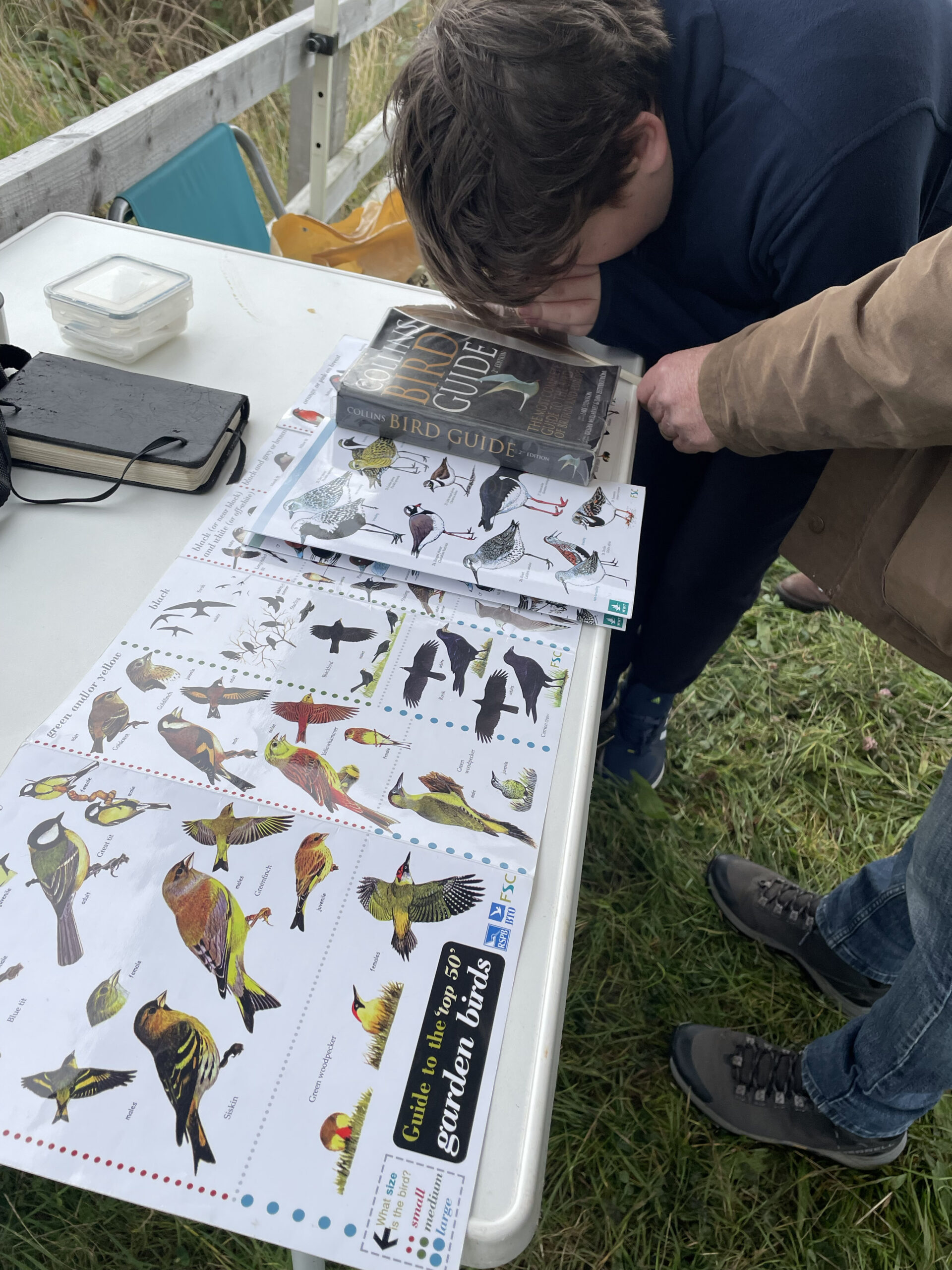What are Hedgerows?
A hedge is a line of shrub or tree species grown close together, traditionally they demarcate a boundary between two locations but can also be used as decorative means. Hedges are often a predecessor to hedgerows, and for a hedge to be considered a hedgerow it must be over 20 meters long, less than 5 meters deep and any gaps cannot exceed 20 meters. There are around half a million miles of hedgerow scattered across the UK and they are extremely beneficial to wildlife and the environment.
The history of hedgerows
Hedgerows have been a staple part of the UK countryside for thousands of years, with the first remanence of hedgerows dating back to the bronze age. Farmers would often leave tree strips around the edge of pasture and areas of cultivation.
Once cut or grazed by livestock they created thick, dense shrubs, what would be recognised as a hedgerow today. Some of the UKs oldest hedgerows date back to this period and often provide some of the most biodiversity rich habitat out of all the hedgerows in the country.
Thousands of miles of hedgerows were removed during World War II when providing enough food for the nation outweighed the importance of hedgerows. In more recent years changes in agricultural practices and development have further led to a decline in hedges across the country.
Whilst there has been continued effort since the 1990s to replant hedgerows across the country their number and scale is still far below what it once was at. In fact, since 1950 the UK has lost 118,000 miles of hedgerow. This distance is the same as traveling around the earth’s equator almost 5 times.

The importance of hedgerows
The UK Biodiversity Action Plan (a governmental initiative which sets goals towards increasing biodiversity and promoting conservation) has identified 130 plant and animal species that are closely associated with hedges without which many may struggle to thrive.
Wildlife corridors are strips or bands of any natural habitat that help connect populations of wildlife that may have remained fragmented due to human activity or man-made features. Hedgerows are an excellent example of wildlife corridors which can further help biodiversity thrive and flourish.
Like trees, hedgerows are an excellent carbon store, they help absorb carbon dioxide and other greenhouse gases from the atmosphere and store them in the roots and soil. This can help in the fight against climate change.

What species benefit from hedgerows?
Common lizards, as the name suggests are the most common species of lizard found in the UK. They are a protected species and hibernate in the winter months, emerging in spring and summer during the mating season. Whilst they are frequently found basking in sunny areas, protected from predators and the elements, they use hedgerows in the winter during hibernation.
Tree sparrows are a declining species in the UK, found most commonly in woodland and hedgerows. The species are on the UK Red List for Birds of Conservation Concern with an estimated 93% decline between 1970 and 2008. They mostly nest in trees though can use hedgerows for this purpose too, and will feed on seeds, weeds and insects found around hedges and farmland.

Managing Hedgerows
At Trustgreen our job is to monitor, manage and maintain areas of public open space. This often includes hedges and hedgerows, for which there are a variety of different management options designed to maximise the growth of the hedgerow whilst protecting and conserving any wildlife within it.
One of the most important management techniques we implement is to avoid cutting hedges and hedgerows during the peak of bird nesting season (from March to September), minimising disturbance and harm to any wildlife present.
You may see our ground maintenance teams cutting back hedges and hedgerows during our winter maintenance period between October and February.
Another feature you may see around our hedges and hedgerows are buffer strips which are designed to encourage more wildlife in and around hedgerows. Buffer strips are areas of uncut grassland around the base of the hedge and can be up to 5 meters wide, the grassland habitat provides a wider variety of nesting, feeding and egg-laying options for birds, insects and mammals.
Similar to limiting when we cut any hedges, they may not be cut every year. This is to ensure there are always flowers and berries for pollinators and bird species. Hedges cut once every three years have been shown to produce 2.5 times as much blossom and pollinating flowers as those cut annually.

Lily-George is currently in her third year at Harper Adams University studying Environmental Land Management and is undertaking a placement year with the Estates Team at Trustgreen. After placement, she shall be returning to university to complete her final year of study in September 2025.

Community stories
Residents are central to everything we do at Trustgreen. Over the years we’re proud to have hosted many wonderful community engagement projects which continue to have a long-lasting impact on the people who live within those communities.
More stories